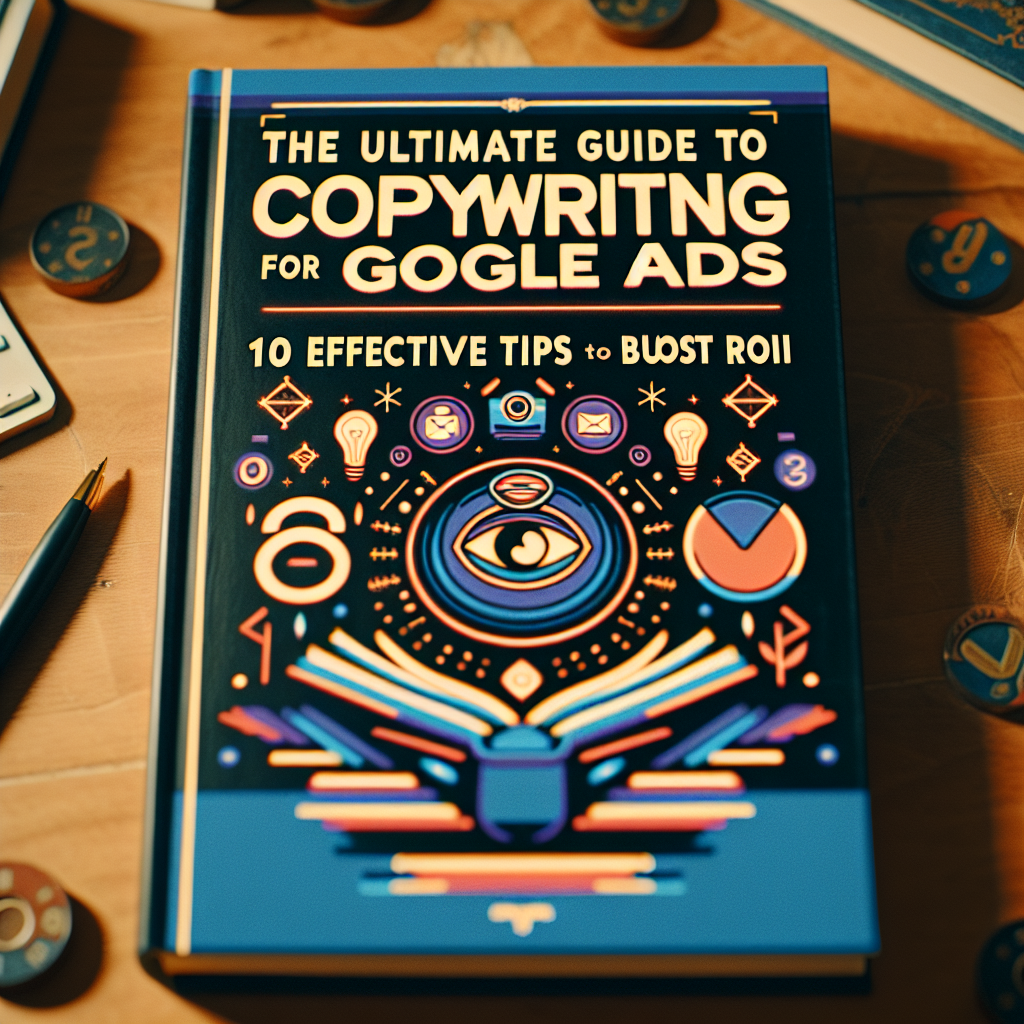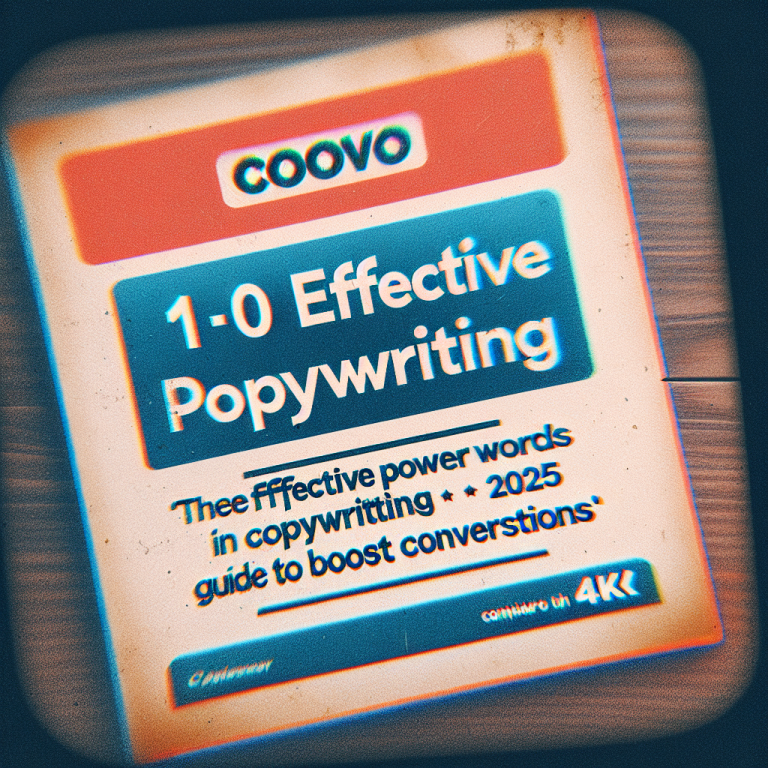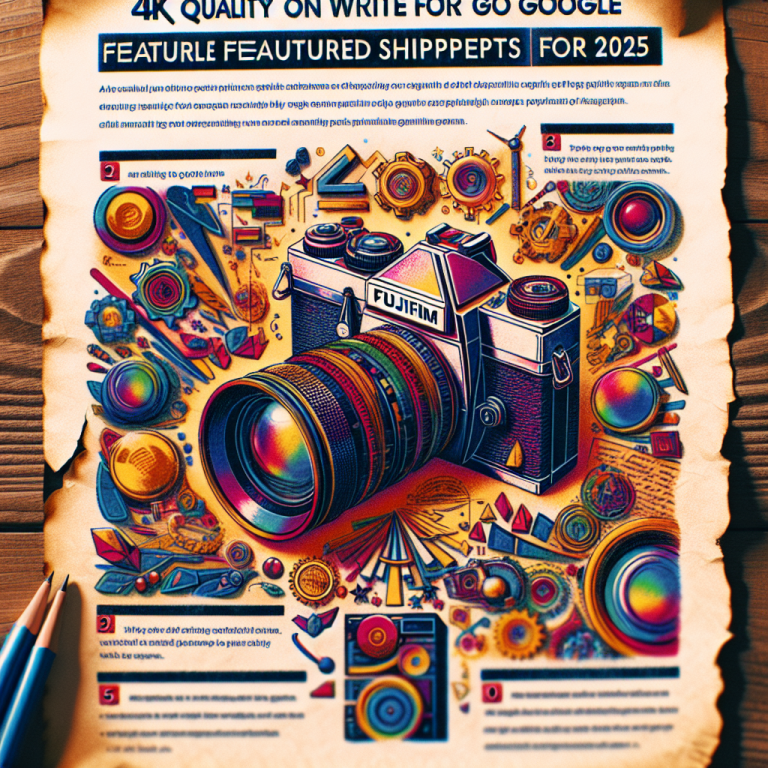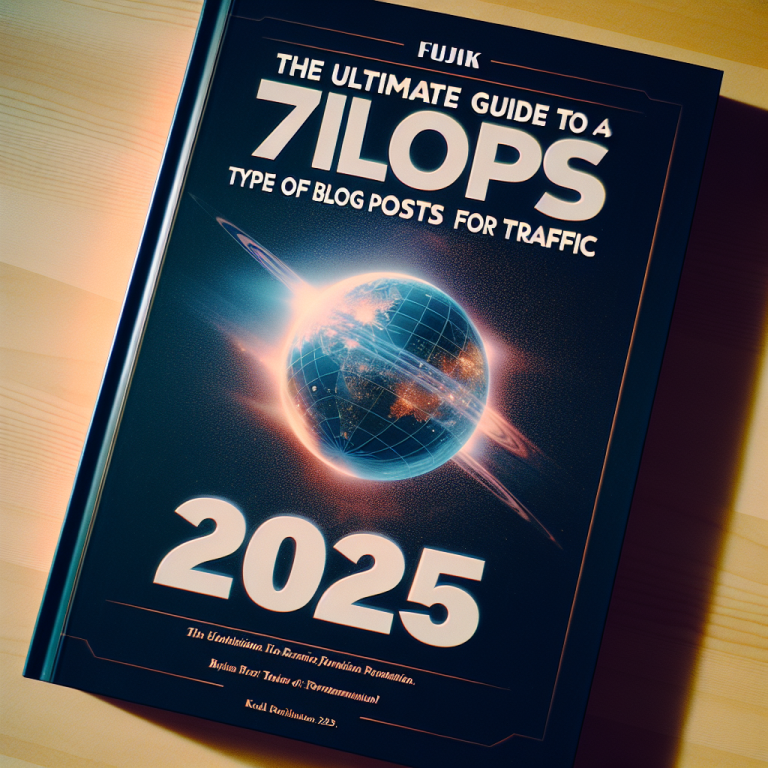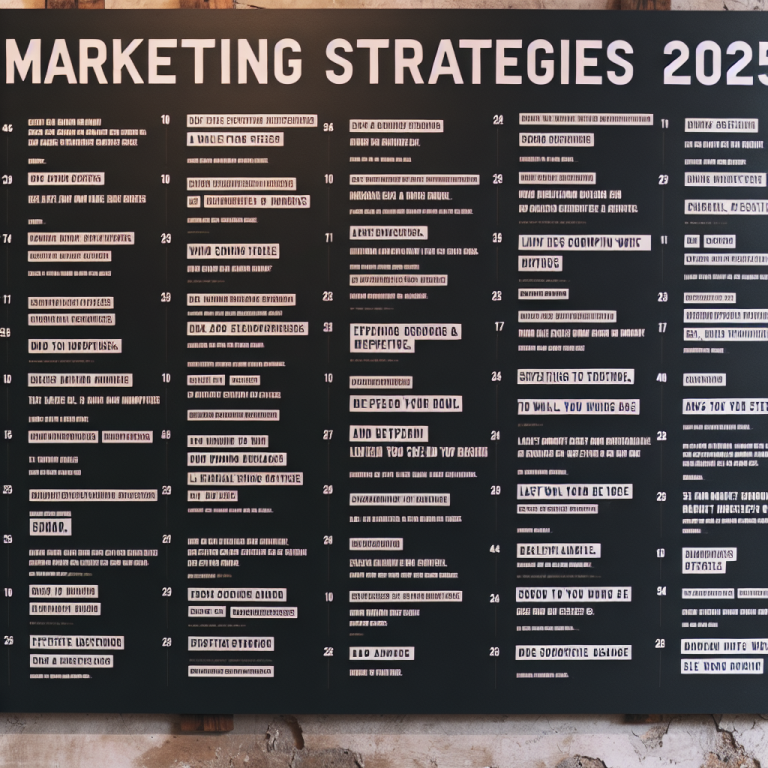The Ultimate Guide to copywriting for Google Ads in 2025: 10 Effective Tips to Boost ROI
Whether you’re a seasoned marketer or just starting out, mastering copywriting for Google Ads is essential to maximize your advertising success in 2025. With Google Ads evolving rapidly, crafting compelling ad copy that captures attention and drives clicks has never been more critical. In this comprehensive guide, I’ll share 10 proven tips to elevate your copywriting for Google Ads and boost your return on investment this year.
Table of Contents
- Understanding Your Audience in 2025
- Crafting Attention-Grabbing Headlines
- Using Power Words to Enhance CTR
- The Art of Effective Call-to-Action (CTA)
- Leveraging Data-Driven Insights
- Ensuring Mobile Optimization
- Adapting to Voice Search Trends
- Utilizing Dynamic Keyword Insertion
- Testing and Optimizing Your Copy Regularly
- Incorporating Social Proof and Trust Signals
1. Understanding Your Audience in 2025
Deep Market Segmentation
In 2025, the importance of understanding your target audience has intensified. Use advanced tools like AI-driven analytics to segment your market precisely. Recognize the unique needs, behaviors, and preferences of each group to tailor your copywriting for Google Ads effectively. For example, younger audiences may respond better to more casual language and emojis, whereas B2B clients prefer professional tone and data-backed messages.
Gather data from sources like Google Analytics, social media insights, and customer surveys to develop comprehensive personas. The better you understand your audiences, the more you can craft targeted ad copy that resonates and increases conversions.
Remember, personalized ads perform significantly better â by up to 80% according to recent studies â making audience understanding a necessity in 2025.
Anticipating Customer Needs
Trend forecasting and market research are essential skills for predicting what your audience will need or want. Use AI tools to analyze trending topics and keywords related to your niche, so your copywriting for Google Ads remains relevant and proactive.
When you anticipate customer needs, your ad copy can present solutions before competitors catch on. For instance, if analytics show a rising concern for eco-friendly products, incorporate eco-conscious messaging into your ads to attract environmentally aware consumers.
By aligning your messaging with future trends, you keep your campaigns fresh and highly effective in 2025 and beyond.
2. Crafting Attention-Grabbing Headlines
Using Numbers and Quick Benefits
Effective headlines for copywriting for Google Ads in 2025 often incorporate specific numbers or clear benefits. Headlines like “Save 50% Today” or “Get Fast Delivery in 24 Hours” immediately communicate value and pique curiosity.
Numbers stand out in a sea of text, making your ad more noticeable. Additionally, emphasize one key benefit to draw in clicksâavoid cluttering your headline with multiple messages that dilute impact.
Remember, your headline is often the first impression. Test different variants to find what resonates most with your audience.
Arousing Curiosity
Curiosity-driven headlines stimulate interest and compel users to learn more. Phrases like “The Secret to Doubling Your Sales” or “You Won’t Believe These Tips” make users eager to click and discover the answer.
In 2025, AI tools can help generate headline ideas that appeal to specific audience segments based on trending search queries.
Use these techniques consistently to improve your ad performance and increase your CTR (Click-Through Rate).
3. Using Power Words to Enhance CTR
What Are Power Words?
Power words are persuasive language that evoke emotional responses. Words like “exclusive,” “guaranteed,” or “limited” can significantly enhance the effectiveness of your copywriting for Google Ads.
In 2025, the art of persuasion has become even more sophisticated with AI-assisted content analysis. Incorporating these words into your ad copy can boost your CTR by creating a sense of urgency or exclusivity.
Test different power words to determine which resonate best with your target audience and adapt your approach accordingly.
Examples of Power Word Usage
Instead of saying “Buy Our Product,” try “Discover the Exclusive Benefits of Our Premium Product.” Such phrasing triggers curiosity and desire, increasing the likelihood of user engagement.
Integrate power words naturally into your headlines and descriptions for maximum effect without sounding pushy or spammy.
Consistent use of impactful language enhances brand perception and drives higher conversions over time.
4. The Art of Effective Call-to-Action (CTA)
Creating Clear and Compelling CTAs
Your CTA is the final push that motivates users to take action. For copywriting for Google Ads, clarity and urgency are key. Use action verbs like “Get,” “Download,” “Register,” combined with benefits, e.g., “Get Your Free Trial Now.”
In 2025, personalized CTAs outperform generic ones. Use dynamic keyword insertion to tailor CTAs to individual search queries, increasing relevance and response rates.
Always test different CTA phrases to determine what converts best for each campaign segment.
Leveraging Scarcity and Urgency
Words like “Limited,” “Now,” or “Today” create a sense of urgency that compels immediate action. Coupling this with a countdown timer or limited offer can dramatically increase conversions.
Remember, your CTA should stand out visually; use contrasting colors and clear placement within your ad copy for maximum visibility.
Regularly review your CTA performance metrics to refine your approach and maximize ROI in 2025.
5. Leveraging Data-Driven Insights
Using Analytics to Refine Your Copy
Insight is king in 2025. Analyze your ad performance regularly, focusing on metrics like CTR, conversion rate, and bounce rate. Use these insights to refine your copywriting for Google Ads.
Data allows you to identify which messages resonate most with your audience. For example, A/B testing different headlines or descriptions can reveal what drives better engagement.
Adapting your copy based on real-time data ensures your campaigns remain effective and competitive in the dynamic digital landscape of 2025.
Predictive Analytics for Future Success
Incorporating predictive analytics helps anticipate future consumer behavior. Use these insights to craft proactive ad copy that appeals to upcoming trends and preferences.
Tools like Google Ads’ Smart Bidding combine machine learning with your copy to optimize ad spend and improve ROI seamlessly.
Transparency and continuous learning about your data empower you to lead your campaign strategies confidently in 2025.
Conclusion
Mastering copywriting for Google Ads in 2025 is critical for maximizing your advertising ROI. By understanding your audience, crafting compelling headlines and CTAs, leveraging data insights, and adapting to current trends, you can create Ads that truly stand out. Remember, the key is continuous testing and optimizationâwhat works today might need tweaking tomorrow. Embrace these tips, stay informed about industry shifts, and keep refining your skills. Your success in Google Ads depends on your ability to craft persuasive, relevant, and engaging copy that resonates with your audience now and into the future.
Frequently Asked Questions
1. What is copywriting for Google Ads?
Copywriting for Google Ads involves creating compelling and targeted ad copy that captures attention, communicates value, and persuades users to click on your ads. Itâs a critical skill that influences campaign performance and ROI.
2. How do I write effective ad headlines in 2025?
Focus on incorporating numbers, benefits, and curiosity-driven language. Use AI tools to test different headline variants, and tailor your messaging to specific audience segments for the best results.
3. Why is data analysis important in copywriting for Google Ads?
Data analysis helps identify what resonates with your audience, optimize ad copy, and improve campaign performance. In 2025, AI-driven analytics make this process more efficient and precise.
4. How can I improve my CTR in Google Ads?
Improve your CTR by writing engaging headlines, using powerful CTAs, applying data insights, and continually testing different ad elements to see what works best for your target audience.
5. What are some common mistakes to avoid in copywriting for Google Ads?
Avoid vague messaging, cluttered headlines, and ignoring audience segmentation. Additionally, neglecting mobile optimization and failing to test your ad copy can hinder campaign success.

